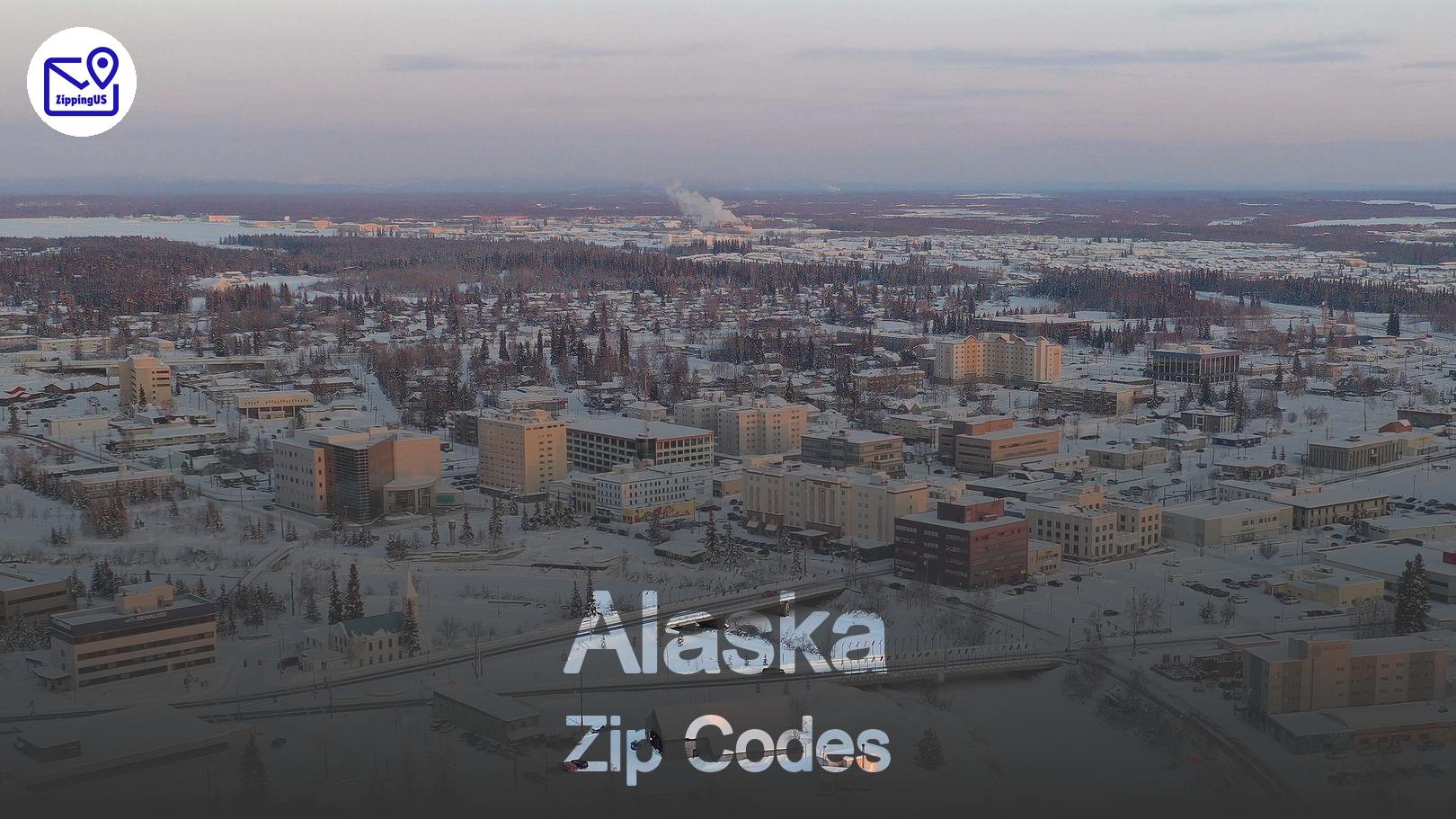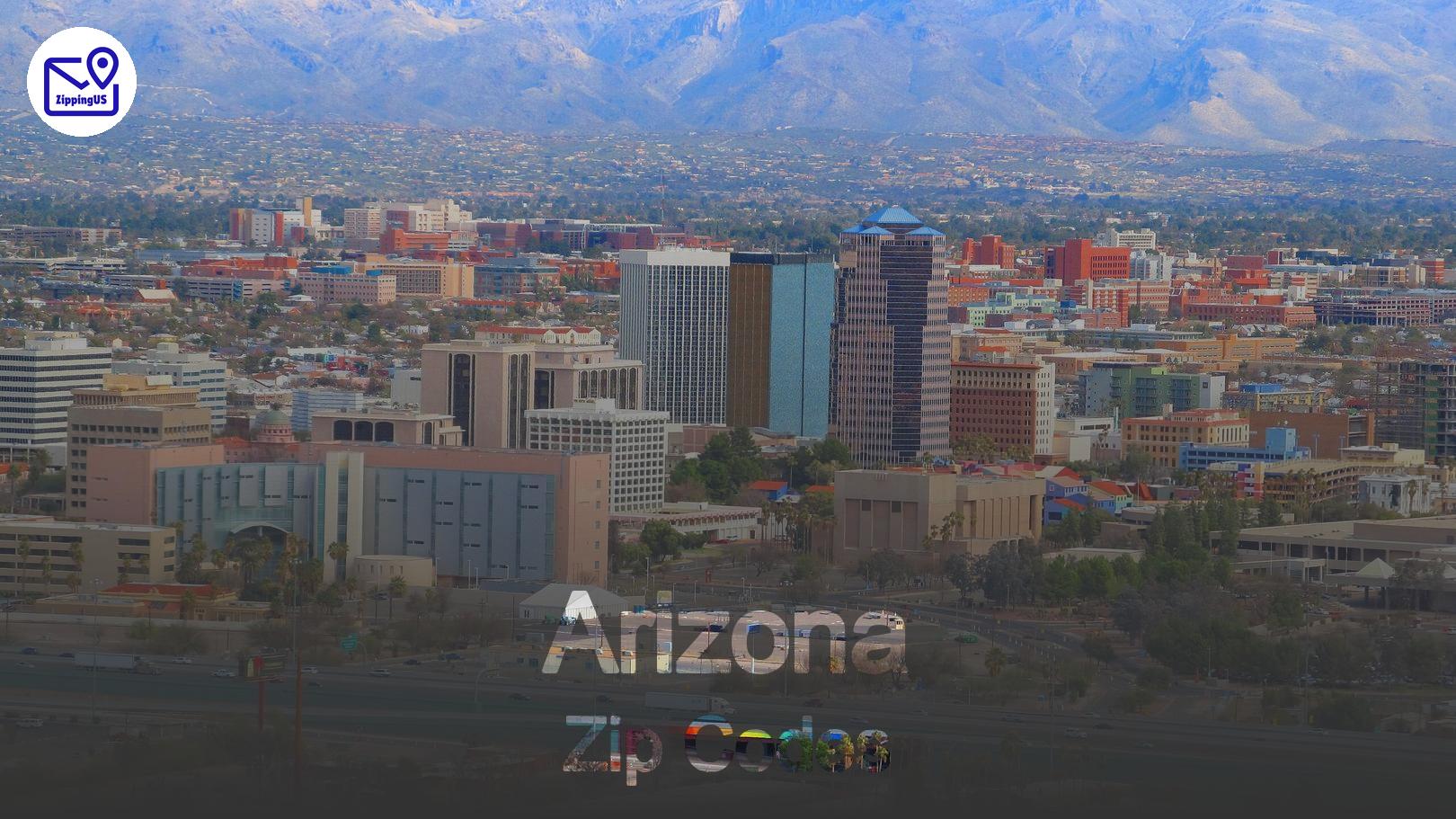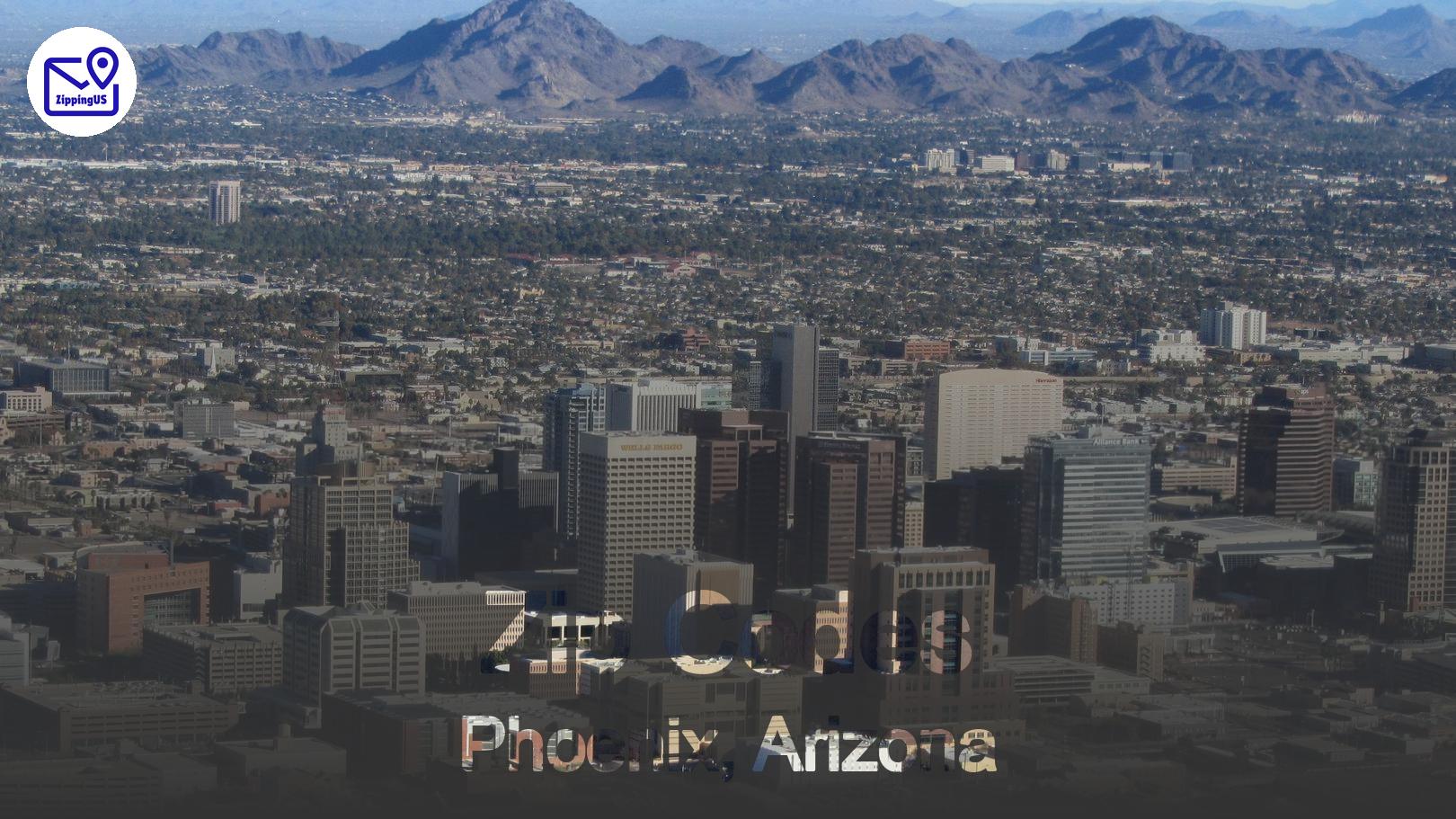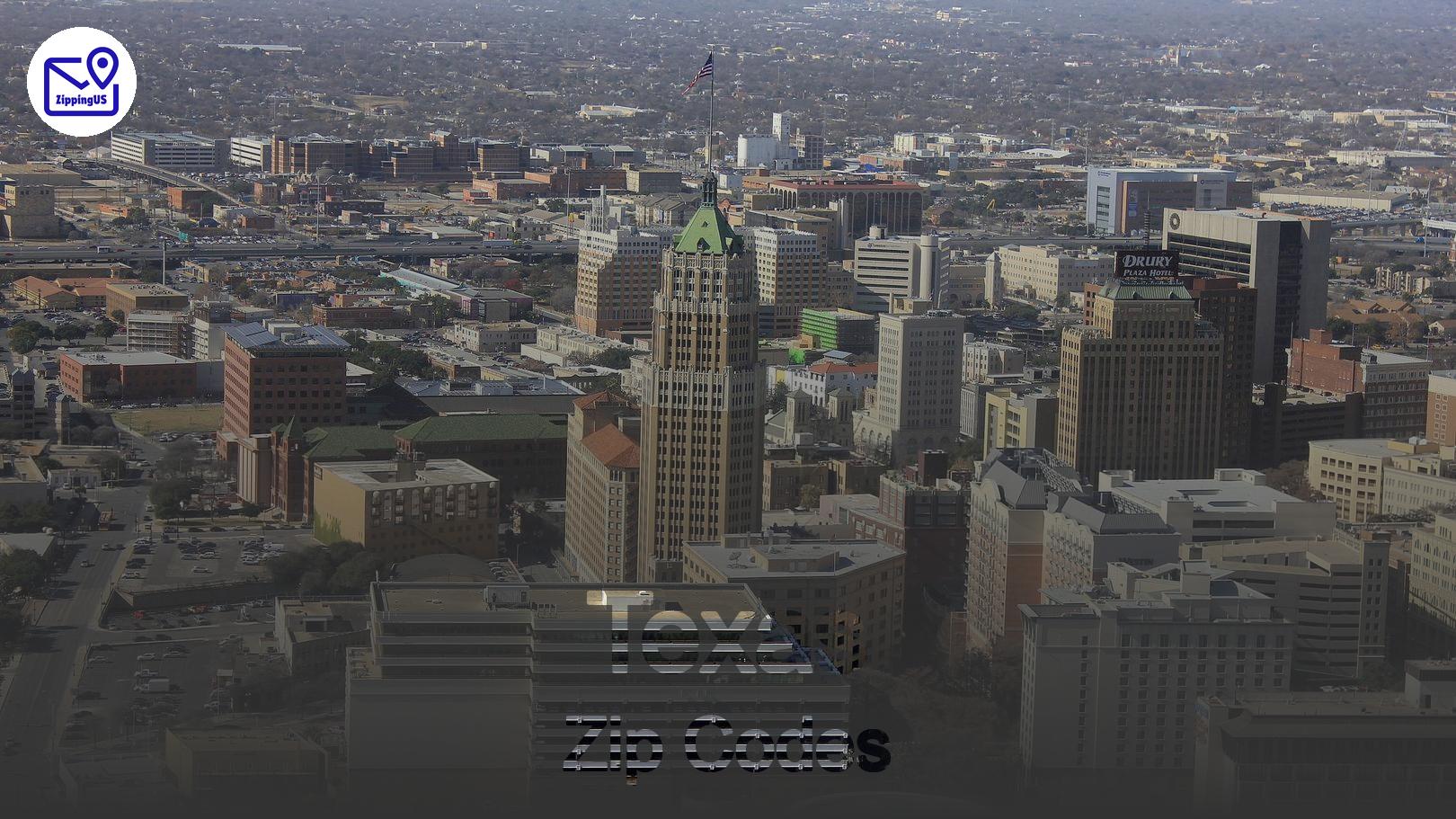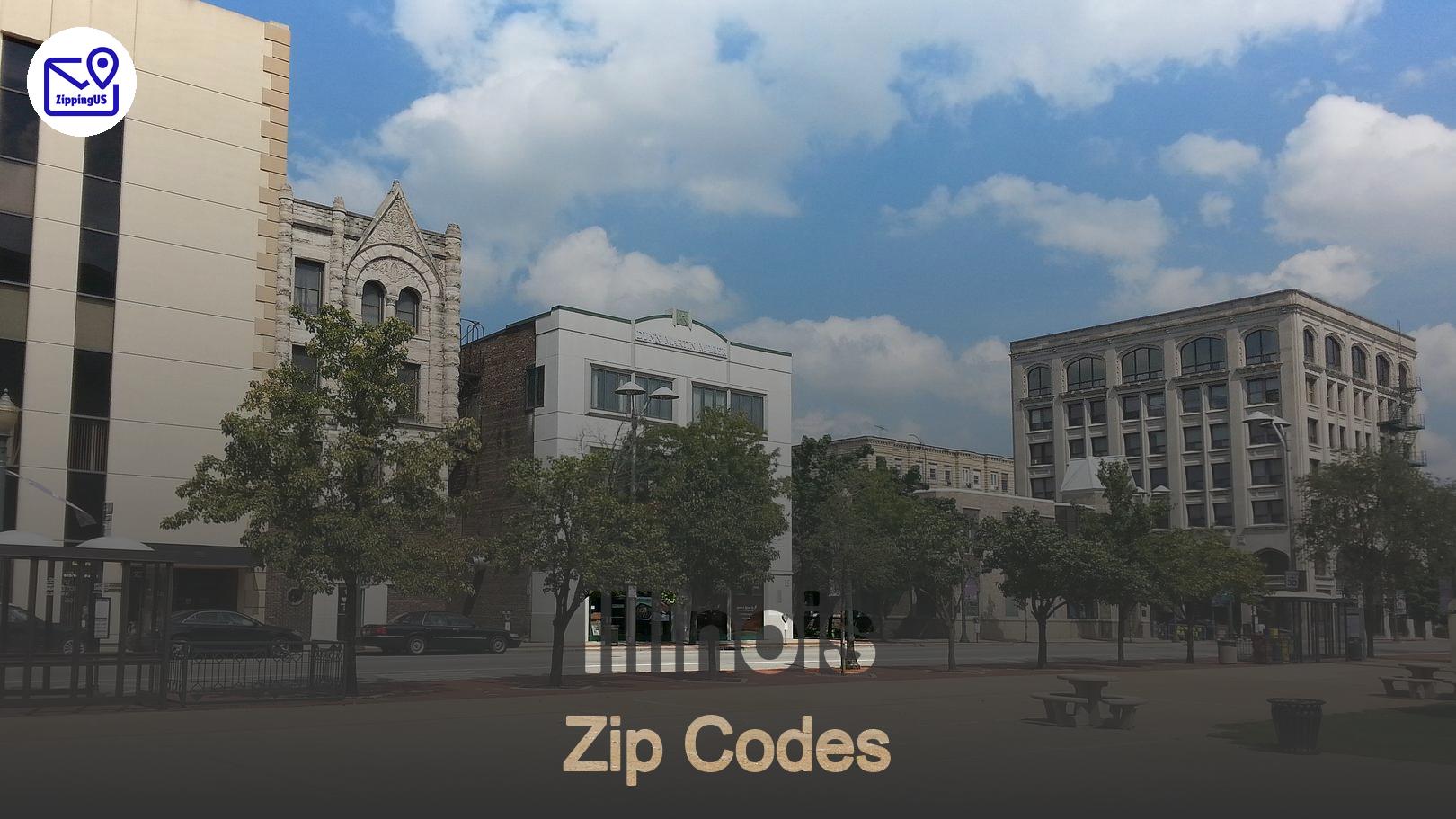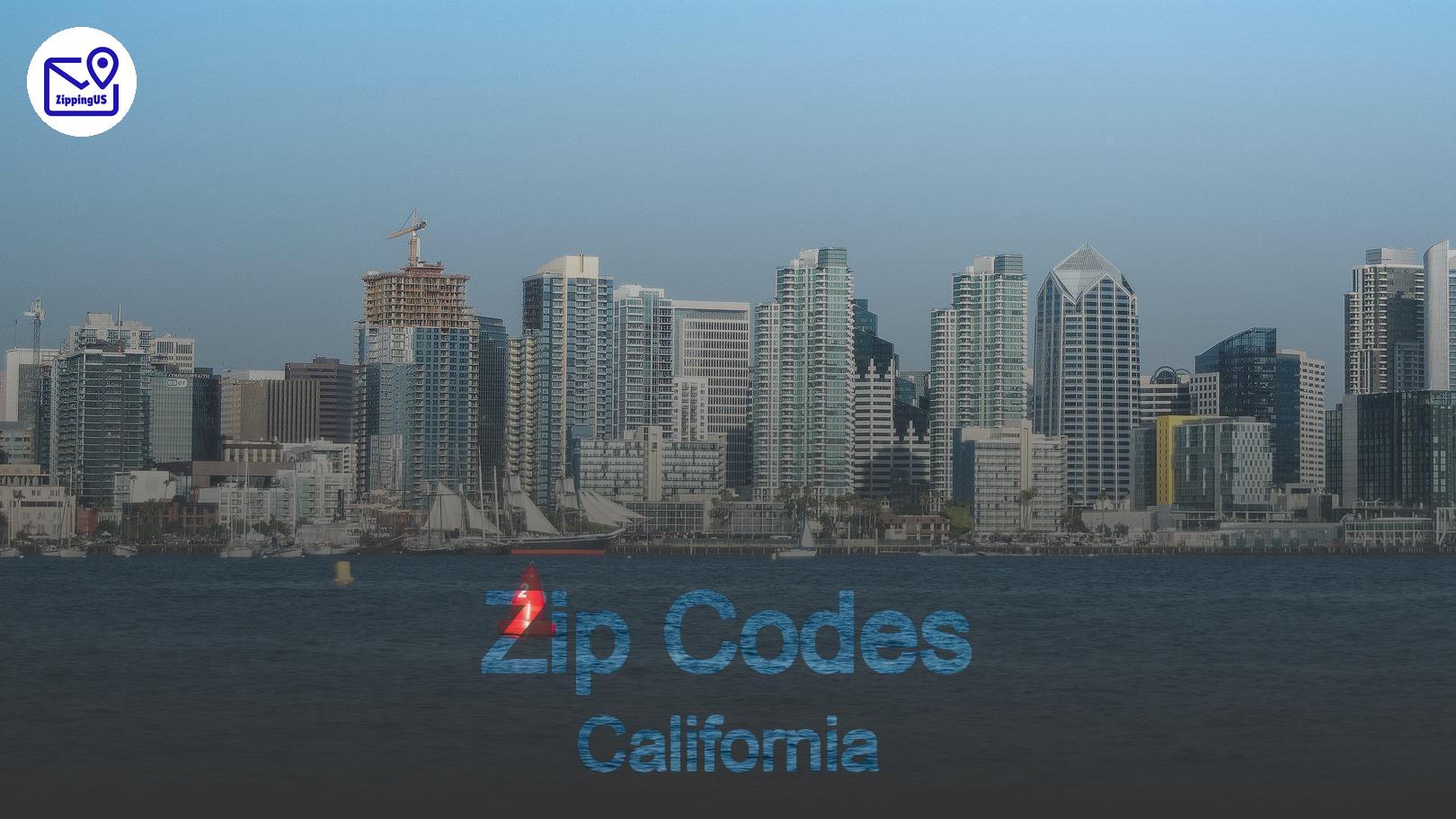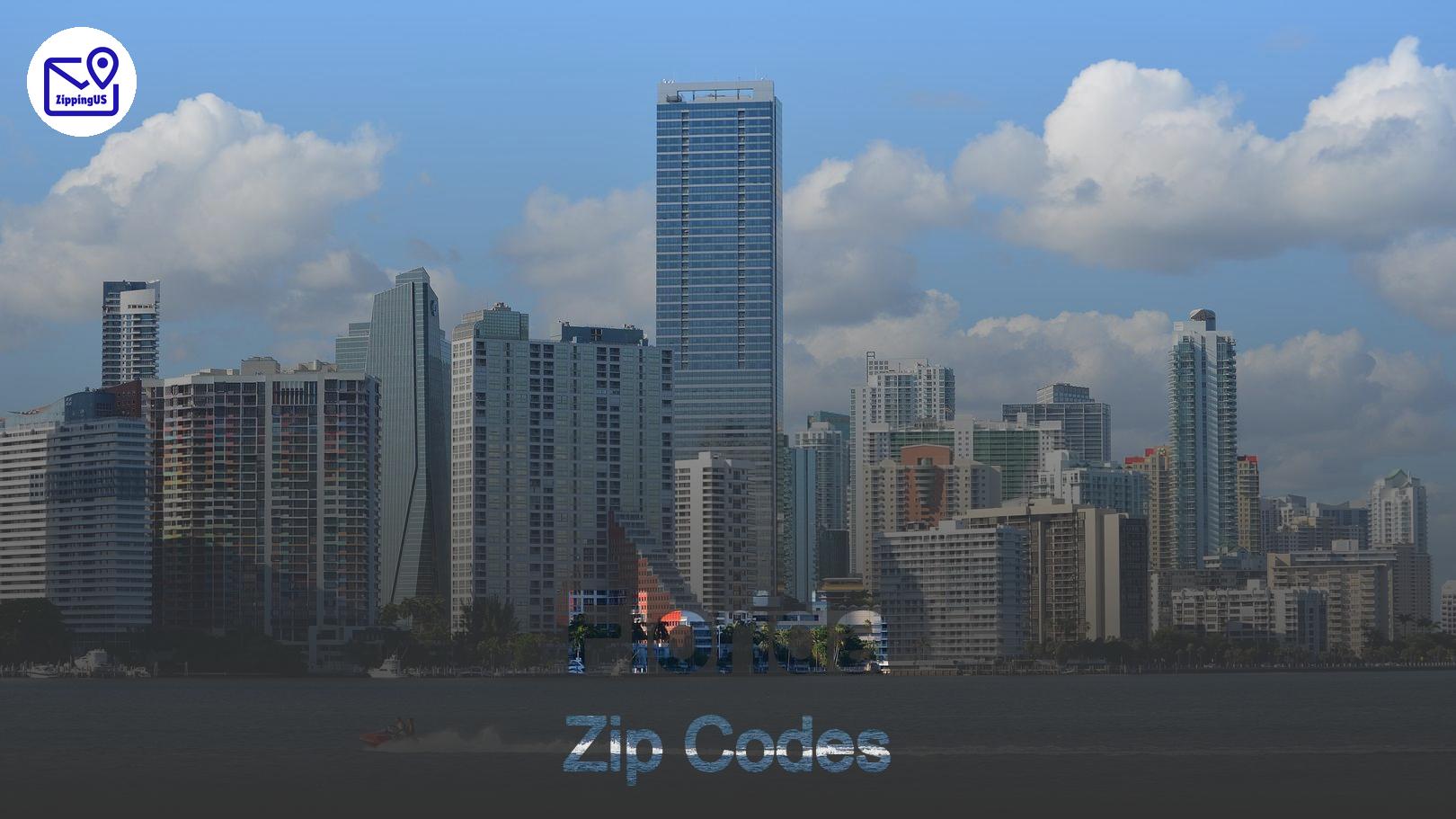When it comes to Alabama ZIP codes, I know it might seem like a jumble of numbers, but these digits actually tell you a lot about where someone lives. ZIP codes were created to make delivering mail easier and faster, but they’ve become a handy tool for understanding different regions. In Alabama, ZIP codes play a big role in helping businesses, travelers, and even locals navigate the state more smoothly.
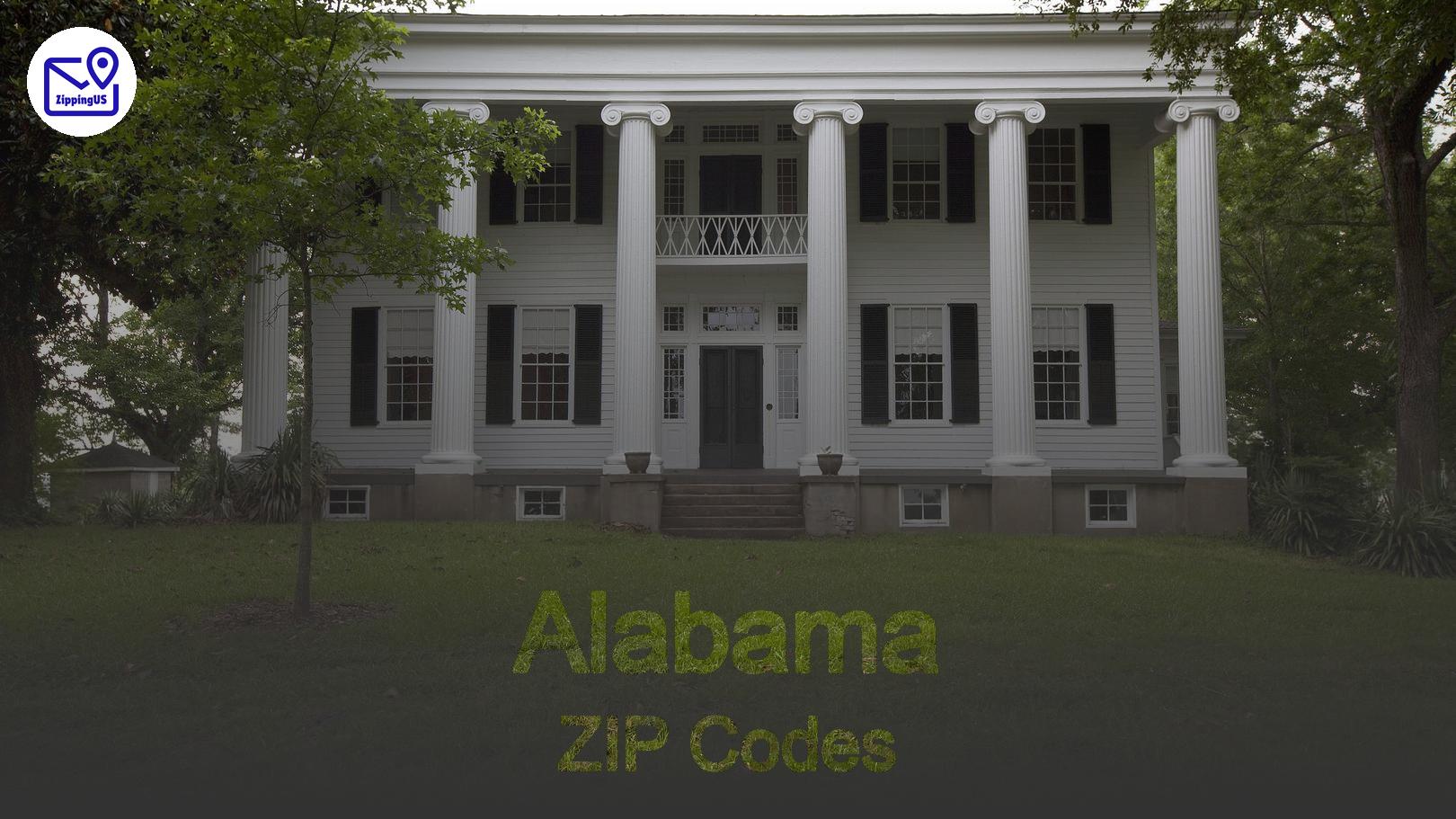
In this article, we’ll break down everything you need to know about Alabama’s ZIP codes—from how they work to why they matter. Whether you're planning a trip to Alabama or you're just curious, we’ve got you covered!
What Are ZIP Codes and Why Should You Care?
ZIP codes are those five (or sometimes nine) digits that help sort mail geographically. ZIP stands for "Zone Improvement Plan." In Alabama, like everywhere in the U.S., these codes tell us where mail is going, and they reveal a bit about the area.
Think of ZIP codes as a way to break down large areas into smaller, more manageable sections. This helps postal workers deliver packages faster, and for the rest of us, it gives a sense of location without needing an address.
Fun Fact: Did You Know?
The first digit of a ZIP code represents a group of U.S. states. In Alabama, all ZIP codes start with 3, just like its Southern neighbors—Georgia and Florida.
Breaking Down Alabama’s ZIP Code Regions
Alabama’s ZIP codes span from 35004 to 36925. These numbers cover a wide variety of cities, towns, and rural areas. Let’s dive into the different regions:
1. Northern Alabama
Northern Alabama includes cities like Huntsville, Decatur, and Florence. The ZIP codes here usually start with 35. Huntsville, a major tech and aerospace hub, falls under 35801, while Decatur’s ZIP code is 35601.
2. Central Alabama
Central Alabama is home to the state capital, Montgomery, as well as Birmingham, the largest city. Birmingham’s ZIP codes start with 352, like 35203 for downtown, while Montgomery is covered by 36101. Central Alabama’s codes typically begin with 35 and 36.
3. Southern Alabama
Southern Alabama is known for cities like Mobile and the coastal areas. Mobile, a port city with rich history, has ZIP codes like 36602, while more rural spots around the coast might have codes beginning with 365.
ZIP Code List for Major Alabama Cities
| City | ZIP Code Range |
|---|---|
| Birmingham | 35201 - 35299 |
| Montgomery | 36101 - 36191 |
| Mobile | 36601 - 36695 |
| Huntsville | 35801 - 35816 |
| Tuscaloosa | 35401 - 35487 |
| Auburn | 36830 - 36832 |
| Decatur | 35601 - 35603 |
| Florence | 35630 - 35634 |
| Dothan | 36301 - 36305 |
| Hoover | 35216 - 35226 |
Why Alabama ZIP Codes Matter
1. Planning a Trip or Moving?
Knowing the ZIP codes of different areas can help you plan trips or even moves. For instance, if you're heading to the Gulf Coast for a beach vacation, you’ll want to look for places around the 365 or 366 range, like Gulf Shores or Mobile.
2. Business and Marketing
Businesses rely on ZIP codes to target specific areas for marketing. If you're running a business in Alabama, knowing the local ZIP codes helps you find where your customers live and make sure your advertising gets to the right people.
3. Emergency Services
In emergencies, ZIP codes are used to locate people quickly. Whether it's for medical services, deliveries, or rescue teams, ZIP codes help first responders pinpoint locations.
How to Look Up an Alabama ZIP Code
Need to find a specific ZIP code in Alabama? It's easy. Here are some quick methods:
- Use a ZIP Code Finder: Websites like USPS or ZIP-Codes.com let you search by city or address.
- Check a Map: Many online maps show ZIP code boundaries, so you can see where each one starts and ends.
- Ask a Local: In small towns, locals usually know their area’s ZIP code by heart.
Understanding the +4 Extension (ZIP+4)
You’ve probably seen ZIP codes with four extra digits at the end. This is called the ZIP+4 code, and it helps pinpoint a location even further. For example, a ZIP+4 code might lead to a specific block or apartment building.
In Alabama, you might see something like 35203-1801. That extra 1801 tells mail carriers exactly which section of the 35203 area to deliver to. It’s super helpful for businesses and large buildings with multiple addresses.
Fun Fact:
The ZIP+4 code was introduced in 1983 to speed up delivery even more!
Frequently Asked Questions (FAQs) About Alabama ZIP Codes
1. How many ZIP codes does Alabama have?
Alabama has over 600 ZIP codes that cover everything from its cities to its rural areas.
2. Can ZIP codes change?
Yes, ZIP codes can change if there's a new development, population growth, or a major shift in how the postal service delivers mail.
3. What is the most common ZIP code in Alabama?
The ZIP code 35215 in Birmingham is one of the most populated in the state, covering a large residential area.
4. How are ZIP codes assigned?
ZIP codes are assigned based on population density and geographic location. In Alabama, they follow a general north-to-south trend, starting with 35 in the north and moving down to 36 and 36 in the south.
5. Do ZIP codes only matter for mail?
Nope! ZIP codes are also used for things like determining sales tax, insurance rates, and even school district boundaries.
Alabama ZIP Codes for Tourists
If you're visiting Alabama, here are some key ZIP codes you might want to know for popular tourist spots:
- Gulf Shores (Beach Vacation): 36542
- Montgomery (State Capitol Tour): 36104
- Tuscaloosa (University of Alabama Football): 35401
- Huntsville (Space & Rocket Center): 35805
- Birmingham (Civil Rights Landmarks): 35203
Conclusion: Alabama ZIP Codes—More Than Just Numbers
So, next time you come across a ZIP code in Alabama, remember it’s not just some random digits. It’s a way to understand the state’s geography, navigate cities, and even learn a bit about the culture. Whether you're planning a trip, moving, or just curious about Alabama’s diverse regions, knowing the ZIP codes can be pretty handy.
By breaking down Alabama's regions through ZIP codes, you're not just looking at a map—you’re getting a feel for the people, places, and unique vibes that make Alabama what it is. And that’s pretty cool, right?
Now, get out there and explore Alabama (just don’t forget to check the ZIP code first)!

